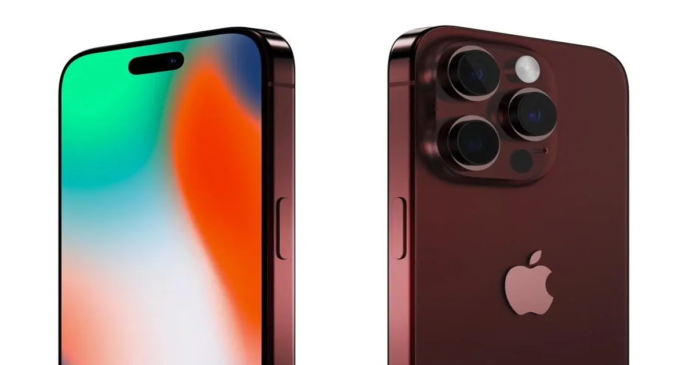Apple is anticipated to introduce a new lineup of iPhone 15 models on Tuesday, as concerns over market access in China and rivalry loom over the most valuable listed corporation in the world.
iPhone 15 launch clouded: More than half of Apple’s $394.3 billion in revenue last year came from the iPhone, but selling in China, the Cupertino, California company’s third-largest market, presents fresh difficulties.
The Chinese government has increased some restrictions on using iPhones, so while Apple’s newest phones are likely to have new charging ports, titanium casings, and cameras, their launch will occur at its Apple Park headquarters at 10 a.m. PT (1700 GMT).
Apple will also have to contend with rival Huawei Technologies, which until U.S. export limits destroyed Huawei’s phone business in 2019 was its main adversary in China’s premium smartphone market (HWT.UL). The Mate 60 Pro, a high-end phone from Huawei that incorporates Chinese chips, went on sale last week. Some US senators contend that these chips were produce in contravention of American trade restrictions.
With add-on capabilities like satellite calling that rely on China’s government-backed network, Huawei hopes to outperform Apple. Apple’s current iPhone models have satellite capabilities, although they are primarily designed for use in emergency situations.
On Tuesday, Apple is probably going to emphasise its new product selection. Switching from Apple’s proprietary “Lightning” charging cords to USB-C, a standard that Apple already utilises on some high-end iPads and laptops, will be by far the biggest shift for the majority of Apple customers.
Regulations in Europe pushed Apple to make the change, but analysts think the company will present it as an improvement, taking use of quicker data rates that can transfer high-quality films shot on iPhones.
Analysts anticipate that smartphones will soon have improved zoom capabilities, titanium casings, and modernised CPUs in addition to a new “periscope” camera technology. Such “periscope” lenses can make use of mirrors or prisms to obtain a longer lens without having to significantly increase the size of the camera module.
The key question of the day will be if Apple enhances its less expensive versions only slightly while saving those features for a brand-new high-end gadget.
We’re going to see a lot of people buy this even if they aren’t camera or photography enthusiasts, just because they like the newest and greatest, predicted Ben Bajarin, chief executive and principal analyst of Creative Strategies. “Just like we saw people who aren’t Ultra athletes buy the Apple Watch Ultra,” he added. “That by itself creates that buzz, momentum, and allure to the top end.”
The question is whether Apple raises prices across the board or only on premium models in order to improve the average price per phone sold and increase revenue. According to data from Counterpoint Research, Apple’s smartphone shipments decreased the least of any major smartphone manufacturer, falling from 46.5 million phones to 45.3 million, as the global smartphone industry shrank from shipping 294.5 million total phones to 268 million in the second quarter.
The director of TECHnalysis Research, Bob O’Donnell, stated that “the truth of the matter is, we’re in a very down smartphone market.”
The technology trend known as generative artificial intelligence underlies programs like OpenAI’s ChatGPT and Microsoft’s “Copilot” assistant technologies for its Office software. O’Donnell also mentioned that he will be keeping an eye out for any signs of Apple’s interest in this field of study.
Analysts have regularly pressed Apple on its plans for such technology, but aside from Chief Executive Tim Cook’s statements in July that the company’s covert work on the technology is pushing up its research spending, the company has provided few signals thus far.
Will Apple hint at an upgraded version of Siri? That would certainly cause some excitement, according to O’Donnell.

